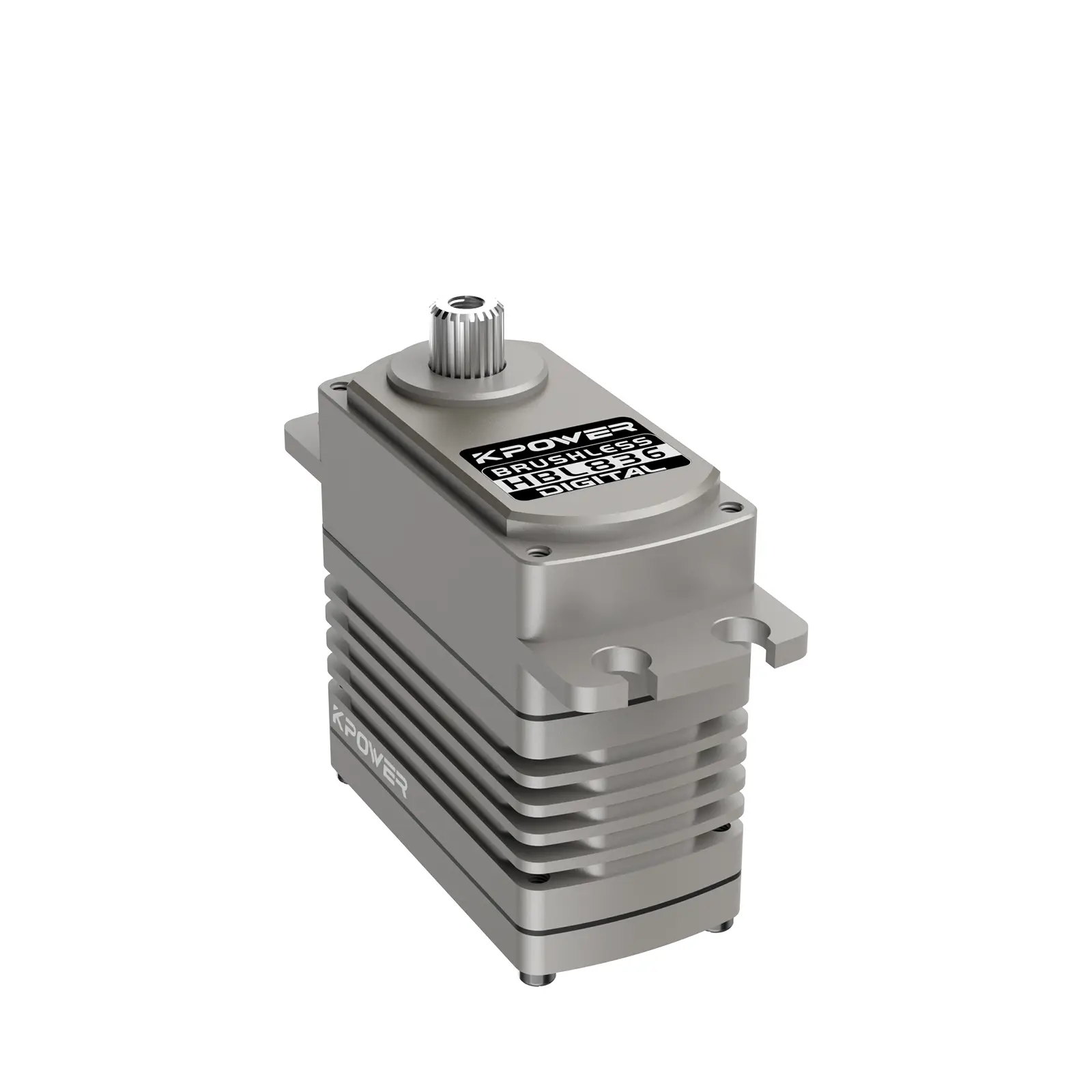Ever thought about how fascinating it is that tiny motors can bring so much life to your projects? Think about that small servo motor plugged into your Arduino—just a little unit, yet it can control a robotic arm, tune a camera’s angle, or spin a wheel precisely where you want it. It’s all about making things move smoothly, exactly as you envision. And the secret sauce? Voltage control.

When we talk about servo motors for Arduino, voltage isn’t just a number—it’s the heartbeat of your design. Too low, and your motor might just sit there, unimpressed. Too high, and you risk frying the component. That's where understanding the right voltage range becomes critical. Imagine feeding a servo 4.8V instead of 6V; the movement might be sluggish, but it’s safer and extends lifespan. Crank it up to 7.4V? Suddenly, you’ve got faster, more responsive motion—yet there’s a risk of overheating or damage if you’re not cautious.
Here’s a typical scenario: You’re working on a tiny robotic hand. The servo motor needs about 4.8V to keep things smooth but also wants enough punch to lift light objects. What do you do? It’s about balancing power and safety. Using a power supply that offers adjustable voltage makes life easier. You start low, test the response, then slowly dial up until it’s just right. No guesswork—just fine-tuned performance.
And yes, there’s a bit of science behind it. The voltage directly impacts torque and speed. Higher voltage generally translates to higher torque and faster rotation, up to a point. But pushing beyond the specifications, well, that’s asking for trouble. And that’s where knowing the specs of your servo motor—like the maximum voltage—is crucial.
A common question is: Can I power a servo motor directly from an Arduino? So tempting, isn’t it? But often, it’s better to run the servo from an auxiliary power source. The Arduino itself can’t supply enough current without risk. Using a dedicated power supply that matches the voltage needs? That’s the smarter move. It keeps the motors happy and your Arduino safe too.
Let’s talk about efficiency. A well-chosen voltage not only ensures your project runs smoothly but also conserves energy and prolongs component life. Imagine tiny LED lights flickering at just the right voltage—everything working in harmony. With KPOWER’s servo motors, voltage control is straightforward and precise, giving you the confidence to push your ideas further.
So, what’s next? Play around with voltage. Test limits. Watch those tiny motors dance to your tune. With a bit of curiosity, some trial and error, and a good understanding of voltage needs, you’ll unlock a whole new level of control—making your projects not just functional but pretty darn impressive. Think of it as giving your robot the perfect dose of energy to move confidently, every single time.
Established in 2005, Kpower has been dedicated to a professional compact motion unit manufacturer, headquartered in Dongguan, Guangdong Province, China. Leveraging innovations in modular drive technology, Kpower integrates high-performance motors, precision reducers, and multi-protocol control systems to provide efficient and customized smart drive system solutions. Kpower has delivered professional drive system solutions to over 500 enterprise clients globally with products covering various fields such as Smart Home Systems, Automatic Electronics, Robotics, Precision Agriculture, Drones, and Industrial Automation.




































